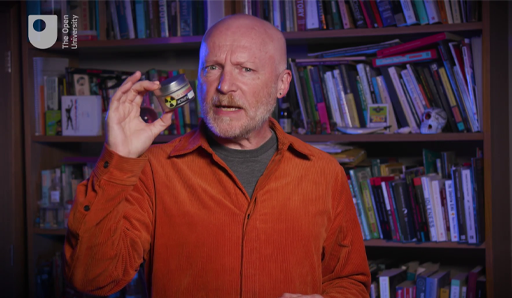Week 3: Quantum physics
Introduction
This week, you will learn about some of the more mysterious physical discoveries of the 20th century, as you enter the world of quantum physics. You will learn how quantum theory helps explain experimental observations that are not predicted by classical physics, such as how light behaves simultaneously as both a particle and a wave. You will see how quantum theory is fundamentally probabilistic in nature and how this explains radioactive decay. And you’ll find out how a famous thought experiment involving cats and deadly poison can help us understand quantum superposition.
Here’s Marcus to introduce this week’s topic.

Transcript: Video 1 Introduction
By the end of this week, you should be able to:
- understand the basic notion of wave motion
- understand the notion of wave-particle duality
- appreciate the consequences of Heisenberg’s uncertainty principle
- demonstrate a general level knowledge of quantum theory.
